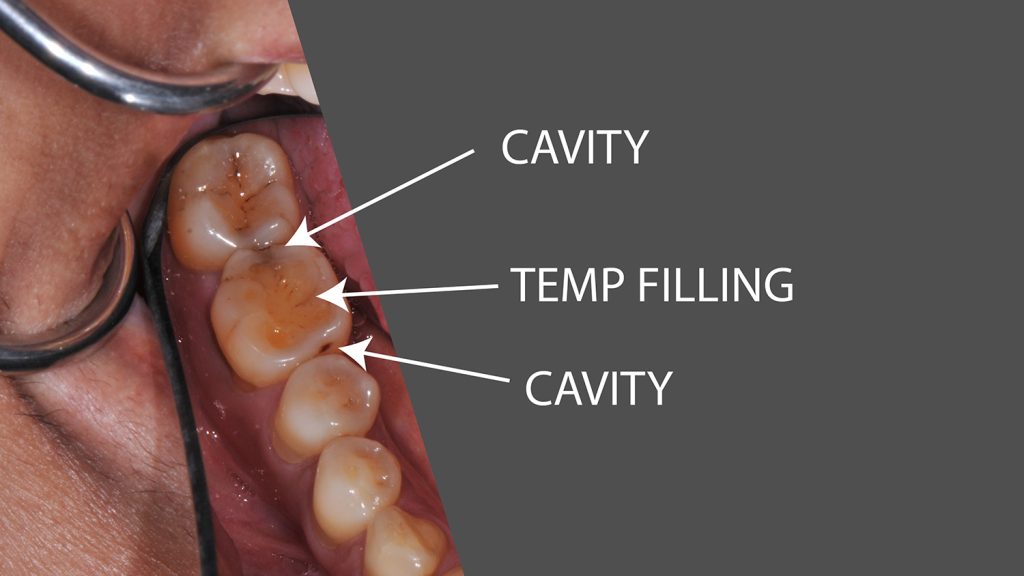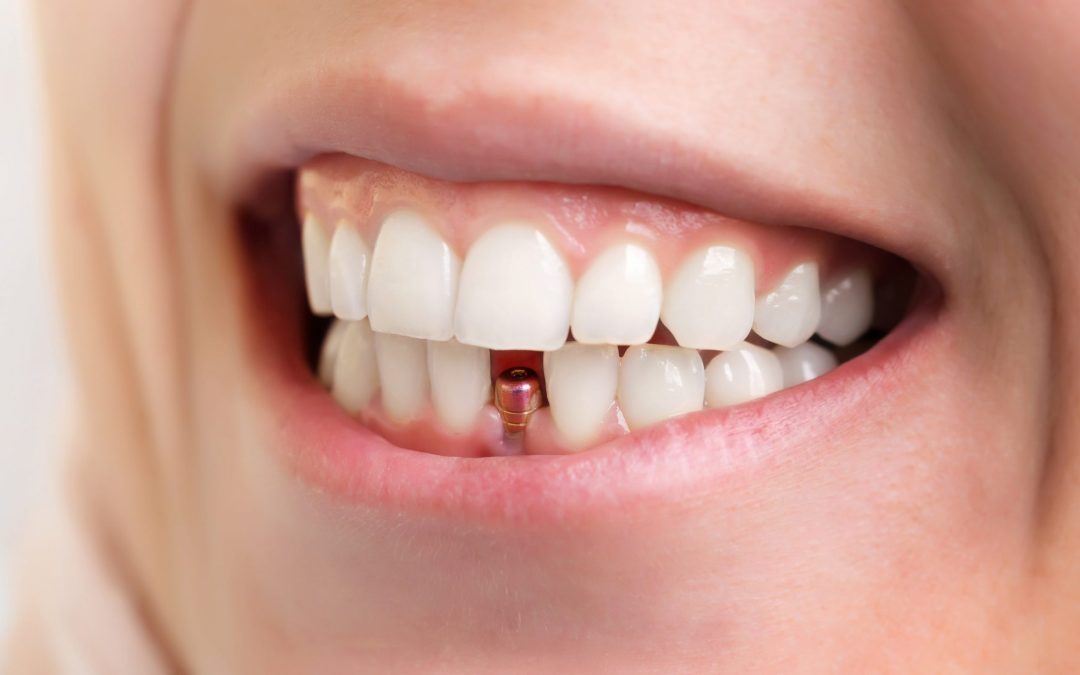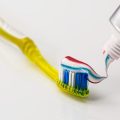So, you’re going about your day when all of a sudden, you feel something odd in your mouth. You take a closer look in the mirror and to your horror, you realize that your temporary dental crown or filling has fallen out. Panic sets in as you wonder what to do next. Should you rush to the dentist? Can you fix it yourself? In this article, we’ll guide you through the steps to take when faced with this dental emergency, ensuring that you can confidently handle the situation and protect your oral health.
Step 1: Stay Calm and Evaluate the Situation
When you realize that your temporary dental crown or filling has fallen out, it’s natural to feel a sense of panic or worry. However, the first step is to stay calm and evaluate the situation. Take a deep breath and assess the extent of the damage. Is it just the temporary crown or filling that has fallen out, or is there any additional damage to the tooth?
Next, check for any discomfort or pain. Sometimes, a loose or missing crown or filling can cause sensitivity or discomfort, especially when exposed to hot or cold temperatures. Take note of any pain or discomfort you may be experiencing to discuss with your dentist later.
Finally, inspect the crown or filling that has fallen out. Is it intact or damaged? This information can be helpful when you contact your dentist and explain the situation.
Step 2: Preserve the Crown or Filling
Finding the crown or filling that has fallen out is crucial, as your dentist may be able to reattach it. Look around carefully, ensuring that you haven’t accidentally swallowed it. If you’re successful in locating it, handle it with care to keep it clean.
To keep the crown or filling clean, gently rinse it with water. It’s important to avoid using any harsh chemicals or soaps, as they may damage the crown or filling further. Additionally, try to avoid touching the inner surface of the crown or filling to prevent any potential contamination.
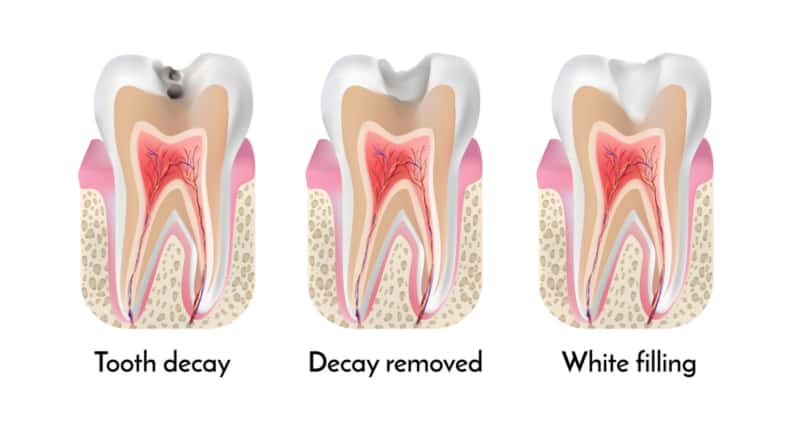
Step 3: Temporary Solutions for Emergencies
While it’s essential to contact your dentist as soon as possible, there are some temporary solutions you can try to manage the situation in the meantime. These methods can help provide some relief and protect the exposed tooth surface.
One option is to use over-the-counter dental cement. This type of cement is specifically designed for temporary fixes and can help secure the crown or filling in place until you see your dentist. Make sure to carefully read and follow the instructions on the packaging.
Another temporary solution is sugar-free gum. If you have a loose crown or filling, you can use a small piece of gum to cover the exposed area and hold it in place. This can help protect the tooth and prevent discomfort.
Alternatively, you can use dental wax or cotton as a temporary filling until you’re able to visit the dentist. These materials can provide a protective barrier and alleviate any sensitivity or pain.
Step 4: Contact Your Dentist
While temporary solutions can provide some relief, it’s crucial to contact your dentist as soon as possible to address the issue properly. Reach out to your dentist’s office and explain the situation. They will guide you on the next steps and may ask you to schedule an appointment.
During your conversation with the dentist’s office, ensure you provide all the necessary information about the fallen crown or filling. Mention whether it’s intact or damaged and any discomfort or pain you’re experiencing. This will help the dentist determine the urgency of your situation and prioritize your appointment accordingly.
Follow any instructions given by the dental office. They may provide specific guidelines on how to care for the exposed tooth surface until your appointment. Make sure to follow these instructions closely to prevent any further damage or complications.

Step 5: Manage Any Discomfort or Pain
While waiting for your dental appointment, you may experience discomfort or pain due to the exposed tooth surface. Fortunately, there are some steps you can take to manage these symptoms.
Over-the-counter pain relievers, such as acetaminophen or ibuprofen, can help alleviate any pain or sensitivity you’re experiencing. Remember to always follow the recommended dosage and seek advice from a healthcare professional if needed.
To minimize discomfort, it’s best to avoid hot or cold foods and drinks. Extreme temperatures can trigger sensitivity and increase any pain you may be feeling. Opt for room temperature or lukewarm items instead.
Rinsing with saltwater can also provide some relief. Dissolve half a teaspoon of salt in eight ounces of warm water and swish it around your mouth for about 30 seconds. This can help reduce inflammation and promote healing.
Step 6: Preventive Measures for the Future
While accidents happen, there are some preventive measures you can take to avoid future issues with your dental crowns or fillings.
Firstly, it’s important to avoid chewing on hard or sticky foods that can put excessive pressure on your dental restorations. This can help minimize the risk of them becoming loose or falling out.
Additionally, practicing good oral hygiene is essential. Brush your teeth twice a day with a soft-bristled toothbrush and fluoride toothpaste. Don’t forget to floss daily to remove plaque and debris from between your teeth and along the gumline.
Attending regular dental check-ups is also vital. Your dentist can identify any potential issues with your dental restorations before they become major problems. They can also clean your teeth professionally, ensuring optimal oral health.
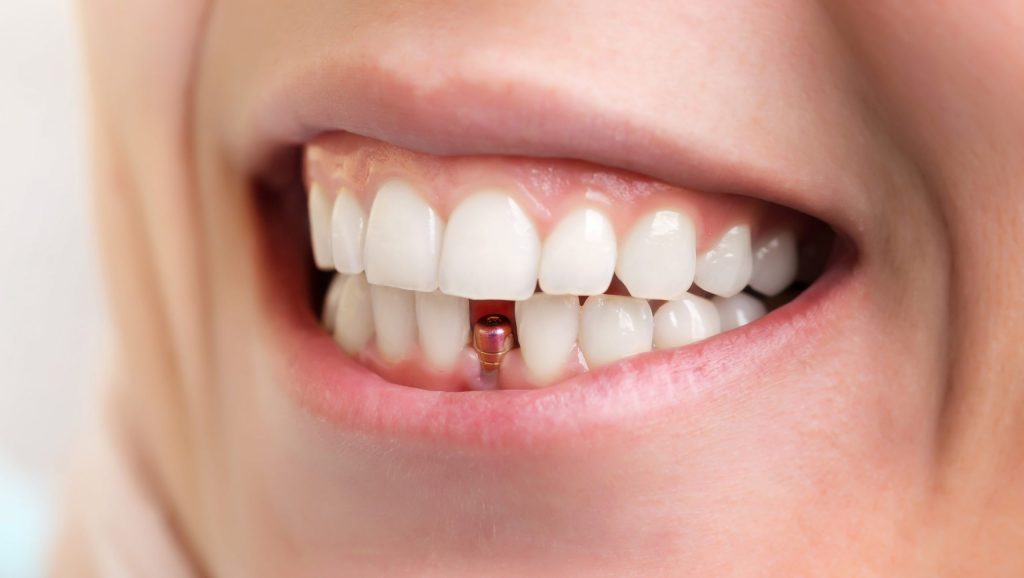
FAQs
Can I use superglue to temporarily fix my crown or filling?
No, it is not recommended to use superglue to fix your crown or filling. Superglue is not meant for dental use, and using it can have adverse effects on your oral health. It’s best to consult with your dentist and follow their advice on temporary solutions until you can see them.
How long can I wait to see the dentist if my crown falls out?
It’s important to contact your dentist as soon as possible if your crown falls out. Waiting too long can increase the risk of further damage or complications. Your dentist will guide you on the urgency of your situation and schedule your appointment accordingly.
What can happen if I don’t address a loose crown or filling?
If you don’t address a loose crown or filling, several problems can arise. The exposed tooth surface can become sensitive, causing discomfort when eating or drinking. Additionally, bacteria and food particles can accumulate in the gap, increasing the risk of tooth decay and gum disease. It’s crucial to seek professional dental care to avoid these potential issues.
Conclusion
Dealing with a temporary dental crown or filling falling out can be concerning, but it’s important to stay calm and take the necessary steps to address the situation. Evaluate the extent of the damage, preserve the crown or filling, and consider temporary solutions to provide relief until you can see your dentist. Contact your dentist promptly, manage any discomfort or pain, and take preventive measures for the future. By following these steps, you can navigate this dental emergency with ease and protect your oral health. Remember, your dentist is the best resource for personalized advice and treatment, so don’t hesitate to reach out to them for guidance.
